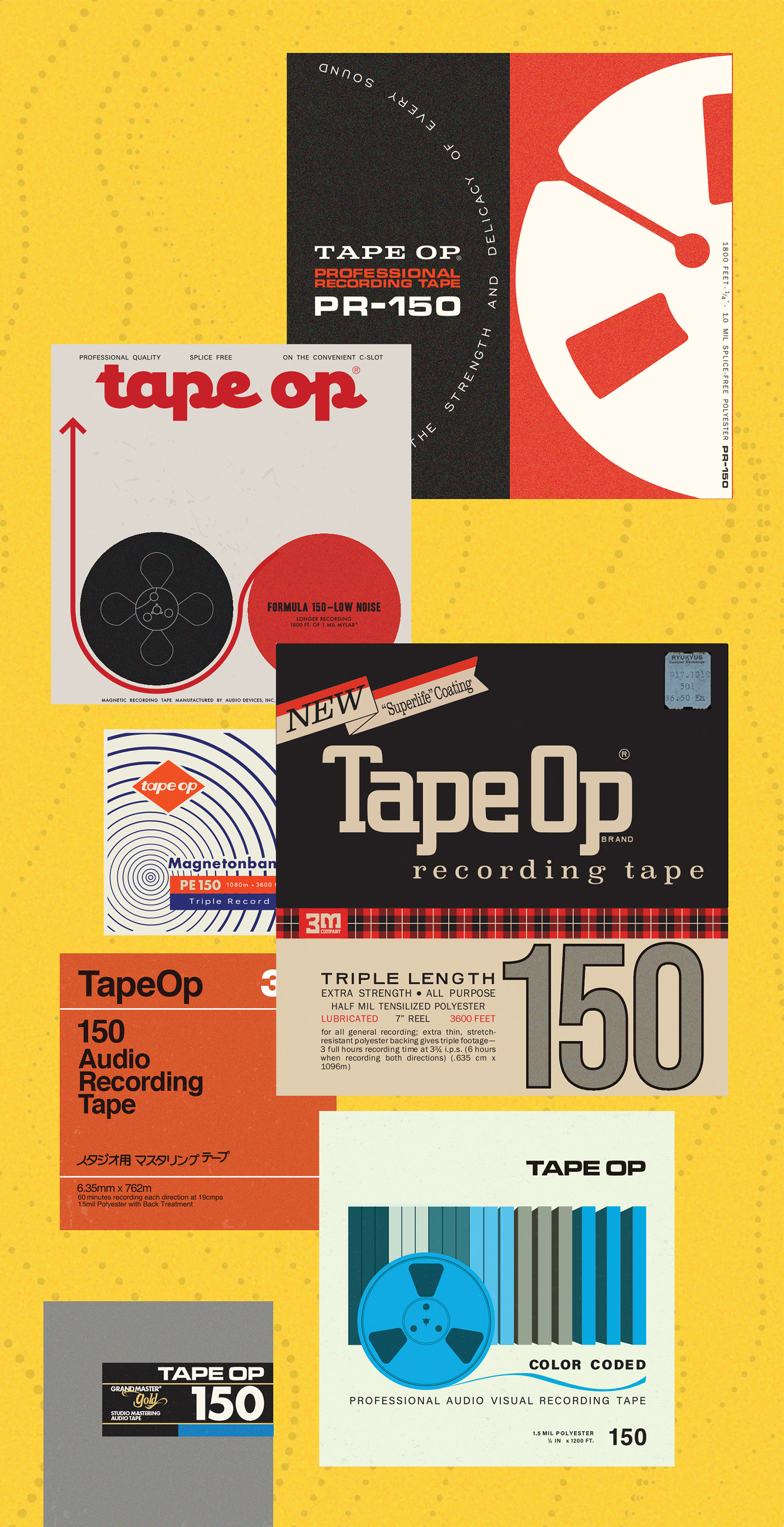Ever since the first-generation Apple AirPods became widely available in 2017, “true wireless earbuds” (as the category is called) have become ubiquitous. Now, it seems rare to step into a subway car or join a Zoom meeting without seeing half of the passengers or attendees wearing wireless earbuds. During the past couple of years, I’ve tried numerous wireless models that work with my Android devices, and so far, my favorite for listening to music is a pair of Sony WF-1000XM4 earbuds. In default mode, they’re a little bass-heavy (but less so than most “lifestyle” systems), but that’s easy enough to remedy with the EQ in Sony’s companion app. If you subscribe to a streaming service with better-than-average resolution, like Tidal, Amazon Music HD, or Qobuz on Android or Linux, you’ll appreciate that Sony’s LDAC codec sounds pretty good. Unfortunately, LDAC does not work in iOS, and AptX isn’t supported at all, but I find that the more common AAC codec, which is available on nearly every platform, is fine for my casual music-enjoyment needs. What I like most about the WF-1000XM4 is their active noise cancellation. Sony’s ANC is effective enough that I can listen to music, tune into a podcast, or watch a movie – at a comfortably low volume – while commuting on a train, flying in a commercial airliner, or even vacuuming the house. After a long day of working in the studio, the last thing I want to do is blast sound into my ears to overcome background noise, random sounds, and nearby voices; therefore, I find ANC crucial. On the other hand, when I’m making phone calls or attending a videoconference, I would rather do without ANC, because I want to be aware of noises or other disturbances outside of my periphery. In these instances, I wear my Google Pixel Buds A-Series because these are much lighter and far more comfortable than the larger Sony earbuds, and they stay put in my ears without any pressure points. Moreover, the integration with Google Assistant on my Pixel 6 phone is seamless, as one would expect. Tap controls also work well. Sound wise, they’re very midrange-focused – great for calls or listening to news, but not great for music. Unfortunately, the A-Series don’t offer an EQ control that works with music apps installed on the phone. My “in-between” choice is the Ultimate Ears UE FITS. These have a neutral sound (not “lifestyle” at all), and they lack ANC (or, for that matter, even enough passive noise suppression to note) – which makes them a great choice for enjoying music while walking the dog, working on my boat, cooking, and whenever I want to stay aware of my surroundings. Plus, built-in is a patented system for “light-forming” the included photopolymer gel tips so they match the shape of your ear opening exactly. Each earbud has a UV-emitting LED that hardens the gel after you insert the tip into your ear for the first time – very cool. I also really like the EQ control of the companion app. Interestingly, when I created my own EQ curve to flatten the frequency response of the UE FITS, my custom curve was a near match to the included UE Signature preset. The biggest downside with the UE FITS is that they only come with medium-sized tips. If you need small or large, you can order them for free via online chat, but it took almost two months to receive mine. Fortunately, the company extends the risk-free return window of the UE FITS to 30 days after delivery of any new tips. I also have in my possession true wireless Shure AONIC FREE earbuds as well as the modular Shure AONIC 215 system that integrates a pair of standard IEMs with behind-the-ear wireless adapters. I’ll write about these after I spend more time with them.

